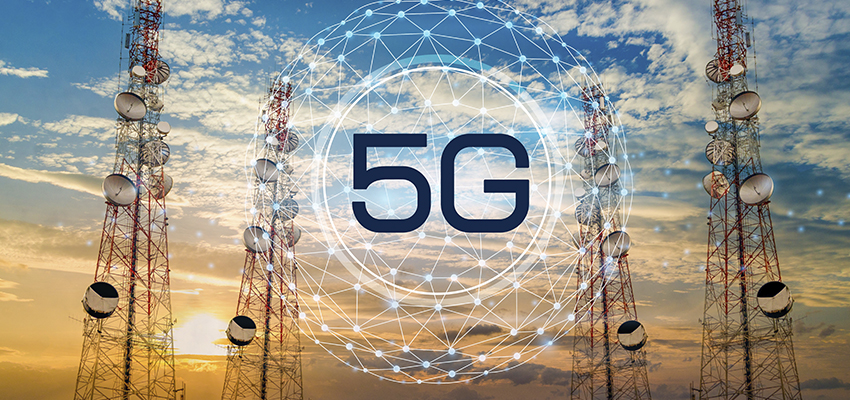
5G: Big CSP “Security as a Service” Opportunity
The migration of cellular telecommunications from 4G networks to 5G provides many opportunities for mobile operators. However, with high bandwidth, ultra-low latency, and dynamic network slicing capabilities, 5G is not just another bigger, better, faster network than 4G. It is a completely new concept in network design that enables CSPs to provide multiple services while providing each one with specific, service-based requirements. Some of the services that the 5G network is designed to support include massive IoT communications (for example smart parking meters), and mission-critical IoT communications (such as connected cars). However, in this blog, I shall touch on yet another opportunity that 5G brings for CSPs—the delivery of Security as a Service (SECaaS) on top of fixed-wireless communications.
With the ability to deliver 1 Gbps to a 5G device, and the facility to control quality throughout the network (for example, optimizing video and gaming services), 5G can provide wireless home Internet connectivity as a viable alternative to existing fixed access technologies such as, xDSL, cable, and fiber. All of this can be performed without the use of wiring—a virtual Plug-and-Play solution.
In the 5G world, fixed-wireless networks can provide a whole new set of services that the mobile operator can offer to the end user, starting from the bundling of streaming music and video services, all the way to supplying Smart Home functionality.
In today’s threat landscape, connected home devices are already a target, whether they are PCs, tablets, smartphones, IoT devices… even the actual modem/router that provides connectivity. In 5G there will be exponentially more connected devices and bandwidth, expanding the threat landscape even more!
With so many publicized cases of hacked devices that have poorly implemented security, there is an opportunity for operators to deliver network-based security services that remove the complexity of securing connected devices at home and on the go.
Being the owner of both the mobile network that connects user devices when they are out of home and the fixed-wireless provider, connecting all home devices, a 5G operator is uniquely positioned to deploy a network-based security service directly from the mobile network and home router. This provides blanket protection for all user devices, including IoT devices like smart cameras, baby monitors, smart TVs, and gaming consoles, as well as handsets, tablets, and laptops/PCs, anywhere (in the home or on the go), and from any threat (phishing, malware, and child safety), all under one unified interface and set of policies for the end user.
CSPs will be able to provide 360o web security and parental control for the connected home and mobile devices.
This alignment of services positions the CSP as the primary security provider for the consumer. Furthermore, since the service is network-based, onboarding and provisioning are frictionless, and high penetration rates (as much as 50%) can be reached using models such as “try-and-buy” that effectively show value in a very short period of time.
The adoption by CSPs of the SECaaS model with 5G technology, delivering security services on a subscription basis, has a very bright future. Such a service could monitor email, provide protection for endpoints, and supply antivirus protection against malware and spyware. In addition, further services such as Identity and Access Management (IAM) and Data Loss Prevention (DLP) could easily be provided as bolt-on additional provisions.
The new 5G fixed wireless opportunity will not only make mobile CSPs the new converged operators but also has the potential to make them the trusted end-to-end security vendor for the consumer. This can create a whole new paradigm for the CSP-consumer relationship.
Are you interested in home network security?


